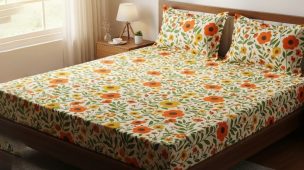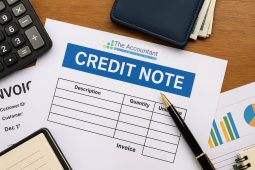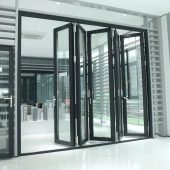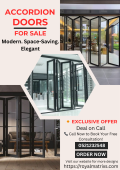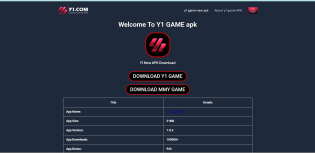A2Bookmarks UAE Social Bookmarking Website
Welcome to A2Bookmarks UAE, where discovering and sharing the latest trends in the UAE becomes an engaging and seamless experience. Our platform is designed specifically for the UAE community, offering a space to explore popular local content, save your favorite websites, and connect with like-minded individuals. With our intuitive interface, you can effortlessly categorize and access your bookmarks, while our vibrant community keeps you updated with the most relevant and captivating content from across the region. Join A2Bookmarks UAE community today and enhance your digital bookmarking journey!

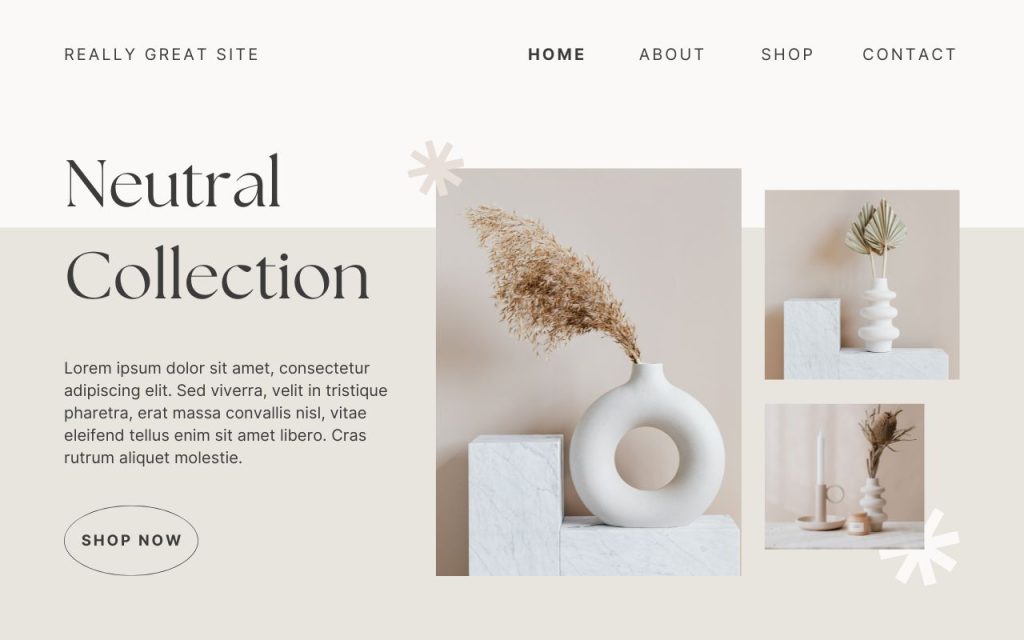
Interior Design Website Ideas: Creating Stunning Digital Spaces to Showcase Your Creativity bloomagency.in
n the visually-driven world of interior design, your website acts as the most powerful portfolio and client magnet. It’s the digital showroom where potential clients first experience your style, creativity, and professionalism. An effective interior design website doesn’t just display your projects—it tells a story, builds trust, and guides visitors toward hiring you.
Whether you are a freelance interior designer, a design firm, or a home decor consultant, crafting a website that reflects your unique aesthetic and showcases your expertise is essential. This article explores innovative interior design website ideas, must-have features, and practical tips to help you create an engaging online presence that converts visitors into clients.
Why a Dedicated Interior Design Website Matters
Before diving into ideas, it’s important to understand the role your website plays:
-
Showcase Your Portfolio: Display your best work with high-quality images and detailed case studies.
-
Build Credibility: Share your story, credentials, awards, and client testimonials.
-
Generate Leads: Provide easy ways for visitors to contact you or request consultations.
-
Differentiate Your Brand: Highlight your style, specialty, and approach.
-
Support Marketing Efforts: Optimize for search engines and integrate social media to increase reach.
Key Elements of an Effective Interior Design Website
Every great interior design website combines aesthetics with functionality. Here are foundational elements your site must have:
1. Visual Appeal
Use a clean, elegant design with a neutral color palette that complements your projects without overpowering them. Large, high-resolution images should dominate the homepage and portfolio pages.
2. Easy Navigation
Organize content into clear sections: About, Portfolio, Services, Blog, Contact. A sticky menu or sidebar helps users explore effortlessly.
3. Responsive Design
Your website must look stunning and work smoothly on all devices—desktops, tablets, and smartphones.
4. Portfolio Showcase
Use galleries, sliders, or masonry grids to present your projects. Include project descriptions explaining your process, challenges, and solutions.
5. Client Testimonials and Reviews
Add authentic quotes and ratings from happy clients to build trust.
6. Clear Calls-to-Action (CTAs)
Encourage visitors to schedule consultations, download brochures, or subscribe to newsletters with prominent CTA buttons.
7. Blog or Resources Section
Share design tips, trends, and insights to engage visitors and boost SEO.
8. Contact Information and Forms
Make it simple for prospects to get in touch via phone, email, or a contact form.
Interior Design Website Ideas to Inspire Your Next Site
1. Minimalist & Modern
Focus on simplicity and white space. Let your portfolio photos speak for themselves with minimal text and subtle animations. Use monochrome or pastel color accents. This approach appeals to clients looking for contemporary design.
Example Features:
-
Full-screen image sliders on homepage
-
Grid layout for portfolio with hover effects
-
Simple contact form with dropdown options for services
2. Interactive Before-and-After Galleries
Showcase transformation stories by letting users slide between before and after photos. This interactive feature not only captivates visitors but demonstrates your design impact vividly.
Example Features:
-
Click-and-drag sliders for project images
-
Case study descriptions with key design decisions
-
Client testimonial videos alongside galleries
3. Virtual Room Tours and 3D Visualizations
Integrate 3D tours or interactive models to provide immersive experiences. Virtual walkthroughs can showcase your design vision in detail and appeal to tech-savvy clients.
Example Features:
-
Embedded 3D room tours powered by tools like Matterport
-
Interactive floor plans highlighting design elements
-
VR headset compatibility options
4. Lifestyle & Storytelling Focus
Go beyond images—share your design philosophy, inspirations, and personal story to emotionally connect with visitors. Use lifestyle photography, mood boards, and behind-the-scenes content.
Example Features:
-
Founder’s story with professional portrait and video
-
Blog with posts about design inspirations and client journeys
-
Social media feed integration showcasing real-time updates
5. Niche Specialization Showcases
If you specialize in certain areas like sustainable design, luxury interiors, or small-space solutions, dedicate sections that highlight your expertise. This helps attract targeted clientele.
Example Features:
-
Dedicated pages for niche services with testimonials
-
Highlighted certifications or awards in the niche
-
Educational content or downloadable guides related to specialization
6. E-commerce Integration
Sell design-related products such as furniture, artwork, or decor accessories directly through your site. This creates additional revenue streams and promotes your brand.
Example Features:
-
Online shop with product categories, filters, and secure checkout
-
Integrated blog with product spotlights and styling tips
-
Customer reviews and wishlists
7. Booking & Consultation Scheduling
Make it easy for potential clients to book consultations or design assessments online. Sync with calendar apps to automate appointment management.
Example Features:
-
Interactive booking calendar with availability slots
-
Payment gateway integration for deposits or consultation fees
-
Automated confirmation and reminder emails
8. Multi-Language and Localization
If you serve diverse regions or international clients, offering a multi-language website with localized content is a great advantage.
Example Features:
-
Language switcher on header or footer
-
Geo-targeted SEO and local service pages
-
Currency converters for pricing sections
Advanced Features and Trends for Interior Design Websites
Augmented Reality (AR) Integration
Allow visitors to visualize furniture or decor in their own space through AR apps integrated with your site.
AI Chatbots for Instant Engagement
Use AI-driven chatbots to answer FAQs, recommend services, or guide visitors through the site 24/7.
Client Portals
Secure login areas where clients can view project updates, mood boards, invoices, and communicate directly with your team.
Sustainability Highlights
Feature your green initiatives with interactive infographics and impact statistics.
Practical Tips for Designing Your Interior Design Website
Prioritize High-Quality Visual Content
Invest in professional photography and videography. Poor images can undermine even the best designs.
Optimize for Speed and SEO
Compress images and use clean code to ensure fast loading. Use SEO best practices to appear in search results for terms like “interior designer near me” or “modern home interiors.”
Use Consistent Branding
Your website’s colors, fonts, and tone should match your brand identity to create a cohesive experience.
Showcase Awards and Press Mentions
Highlight any media coverage or industry awards to build credibility.
Include Social Proof
Feature Instagram feeds, client logos, or influencer collaborations prominently.
Examples of Inspiring Interior Design Websites
-
Studio McGee: Clean, bright, and user-friendly with strong portfolio focus and seamless e-commerce.
-
Kelly Wearstler: Bold visuals and a lifestyle storytelling approach.
-
Homepolish: Interactive design quizzes and client portals.
-
Amber Interiors: Strong personal brand with rich editorial content and shopping options.
How to Get Started
-
Define Your Goals: Are you building awareness, generating leads, or selling products?
-
Choose a Platform: WordPress, Squarespace, Wix, or custom development based on budget and needs.
-
Plan Your Content: Gather your best photos, write compelling copy, and prepare client testimonials.
-
Hire Professionals or DIY: Consider working with designers/developers or use website builders with templates.
-
Launch & Promote: Use social media, SEO, email marketing, and collaborations to drive traffic.
Conclusion
Your interior design website is much more than an online brochure—it’s a dynamic, immersive space that showcases your artistry, tells your story, and grows your business. By implementing creative ideas like interactive galleries, virtual tours, niche specializations, and seamless booking features, you can create a compelling digital experience that resonates deeply with potential clients.
Whether you prefer a minimalist modern look or a rich lifestyle narrative, always prioritize user experience, stunning visuals, and clear calls to action. With the right approach, your website will become a key asset in turning visitors into loyal clients and advocates for your brand.





